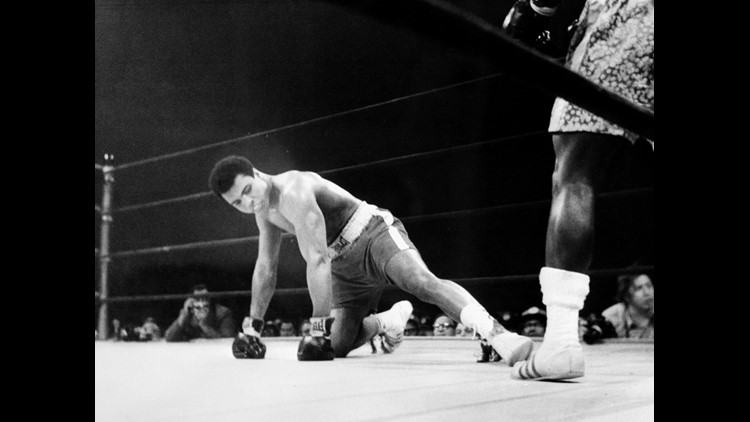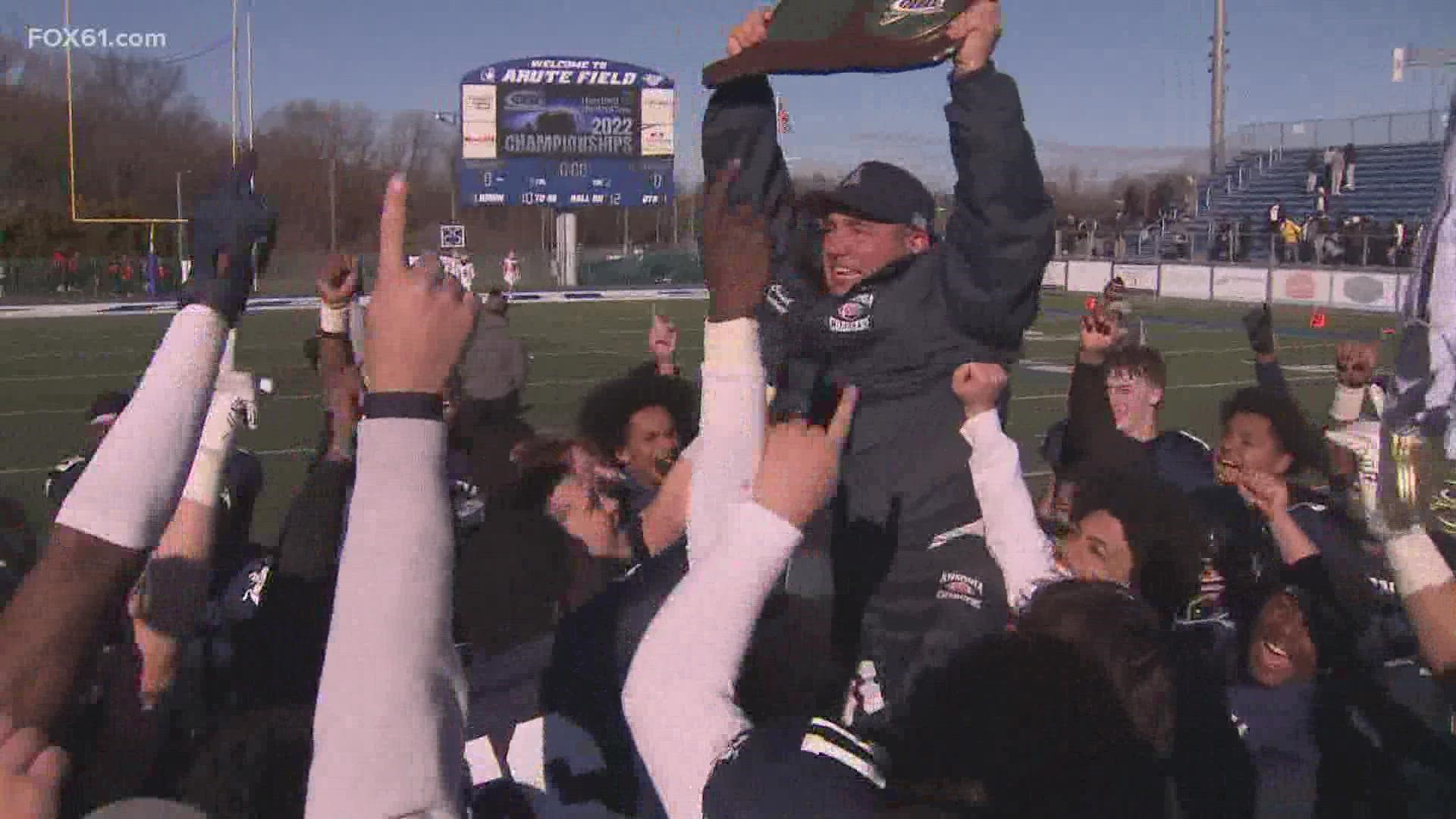The Ali Mall still stands on a corner in Quezon City, Metro Manila, 40 years after it opened next door to the Araneta Coliseum.
It’s a monument to one of sport’s greatest athletes, and the two weeks in 1975 when “The Greatest” won over an entire country with victory over his long-time foe Joe Frazier in what is regarded by many as the best fight of all time — the so-called “Thrilla in Manila.”
The fight was a seminal moment for the Philippines, a moment of true international attention and recognition for a country which was convulsing under three years of martial law and a crackdown by dictator Ferdinand Marcos.
By capitalizing on the great Ali-Frazier rivalry, Marcos managed in one swoop to both unite the country and — at least for the duration of the fight — rehabilitate his image on the world stage.
Veteran sportscaster and boxing commentator Ronnie Nathanielsz was Ali’s liaison officer during his time in the Philippines and was at the fight, a steamy October morning bout at the Araneta Coliseum that ended with Frazier’s trainer Eddie Futch throwing in the towel just before the 15th round.
“It was a big deal for the Philippines, especially for Marcos, who had said ‘we’re doing this fight because we want to show the whole world there is law and order, the people are happy,'” Nathanielsz told CNN.
Friends turned rivals
And, he says, the country loved Ali. Filipinos had been in love with the sport since the 1960s. The local hero was Gabriel “Flash” Elorde, the longest-reigning Filipino word champion, whose title-winning fight had inaugurated the very same venue that Ali and Frazier graced 15 years later.
“Ali’s ‘Thrilla in Manila’ reinforced the Filipinos’ love of boxing,” Nathanielsz says. He was equally smitten with Ali.
“He was tremendously charismatic, tall, handsome … he carried himself with confidence, very down to earth, sense of humor, nice to be with, especially away from the TV cameras,” he recalls.
“So much nicer away from the cameras, (than he was) in front of the cameras, especially to Joe Frazier.”
Frazier, who had won his first heavyweight championship bout while Ali was barred from fighting due to his conscientious objection to the Vietnam War, had lobbied for his ban to be rescinded — in part so he could beat Ali himself and vindicate his championship belts — and had also lent his great rival money during the lean years of the ban.
But the pair’s one-time friendship had deteriorated by the time they fought each other in the 1970s.
Ahead of the Manila fight Ali had taken to name-calling and needling, much of it with racial tones — the fight itself got its nickname from a rhyme that Ali rapped about his opponent ahead of the fight, while punching a toy gorilla: “It will be a killa… and a thrilla… and a chilla when I get the Gorilla in Manila.”
Conditions in arena ‘brutal’
But Nathanielsz says the gamesmanship was just for show.
“Privately Ali would acknowledge Frazier’s help. In many of my conversations he would say, ‘he’s a nice fellow and I like to tease him. And he gets maaaad!,'” he recalls, imitating the boxing legend’s characteristic delivery.
Showdowns don’t get any bigger than the Manila title bout, the third and final meeting between the graceful, balletic and fast-talking Ali and his nemesis, the taciturn, heavy-hitting Joe Frazier.
The fight, it turned out, was a slog for both fighters, fifteen scheduled rounds in an airless sauna of an arena. But, always the consummate entertainer, Nathanielsz says Ali chose not to take an early moment in the fight to knock out his opponent; that he wanted to give the fans a show.
“Conditions were brutal but there was an incredible energy in the arena. The night before he told me that he would knock out Frazier,” Nathanielsz remembers.
“In the third I thought he would knock him out but he didn’t — he let it carry on and almost paid the price. Frazier caught him with some thunderous shots in the middle rounds and he almost lost.”
Nathanielsz points to similarities between Ali, considered by many to be the greatest athlete ever to grace the ring, and a more modern, close-to-home hero — the Filipino once called the best pound-for-pound fighter in the world.
Eyes of world on Manila
“I see a lot of Ali in Manny Pacquiao,” he says. “More in terms of their personality than their fighting style. Manny shows the same humility that Ali showed, he likes to help the poor, looks at himself as a peacemaker.
“Manny tries to bring people together — tells me ‘I fight for our country and our people — when I fight the whole country comes to a stop — it’s a kind of togetherness that I want to propagate.’ He is one of the greatest, and the closest thing to Muhammad Ali.”
The Ali Mall stands as a silent testament to the day, more than 40 years ago, when the world focused its gaze on Manila. After the fight, developer and owner of the coliseum Jorge Araneta, told Ali, “‘I’m going to build a mall and name it after you,'” Nathanielsz recalls.
“And Araneta got away with not paying him any royalties — if you wanted to use someone’s name now you’d have to pay for the rights. But Ali enjoyed it, thought it was a great honor to have the mall named after him.”
Now, as the world remembers the passionate, the outspoken, the thoughtful and supremely talented — indeed, “The Greatest” — Muhammad Ali, a suburban shopping center pales into insignificance next to his grander achievements.
Especially the one that occurred in October 1975, in the coliseum next door.
As Nathanielsz so simply puts it: “Nobody forgets the Thrilla in Manila.”



